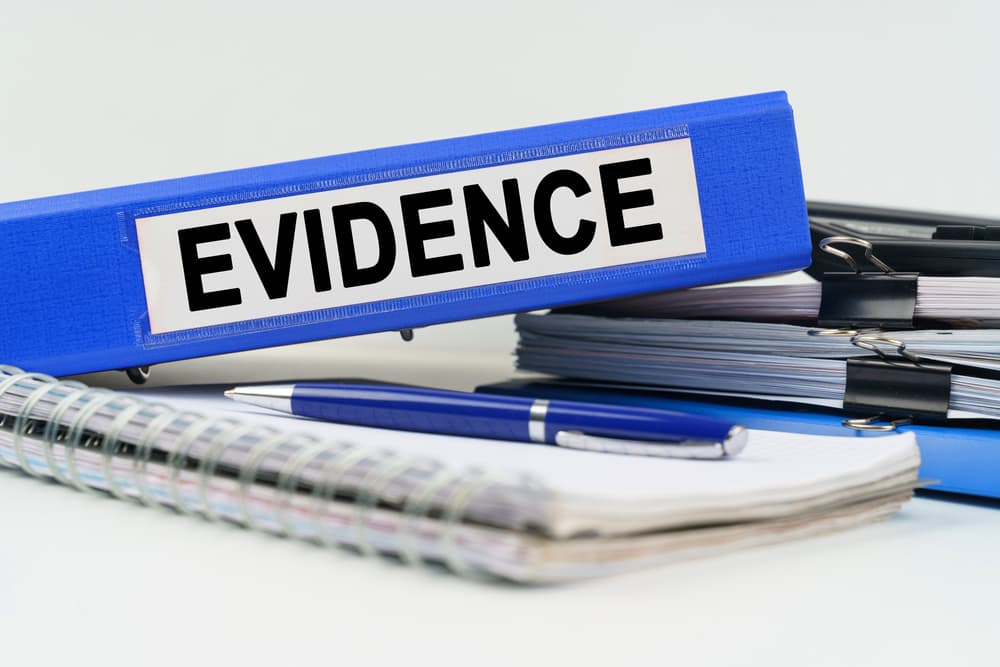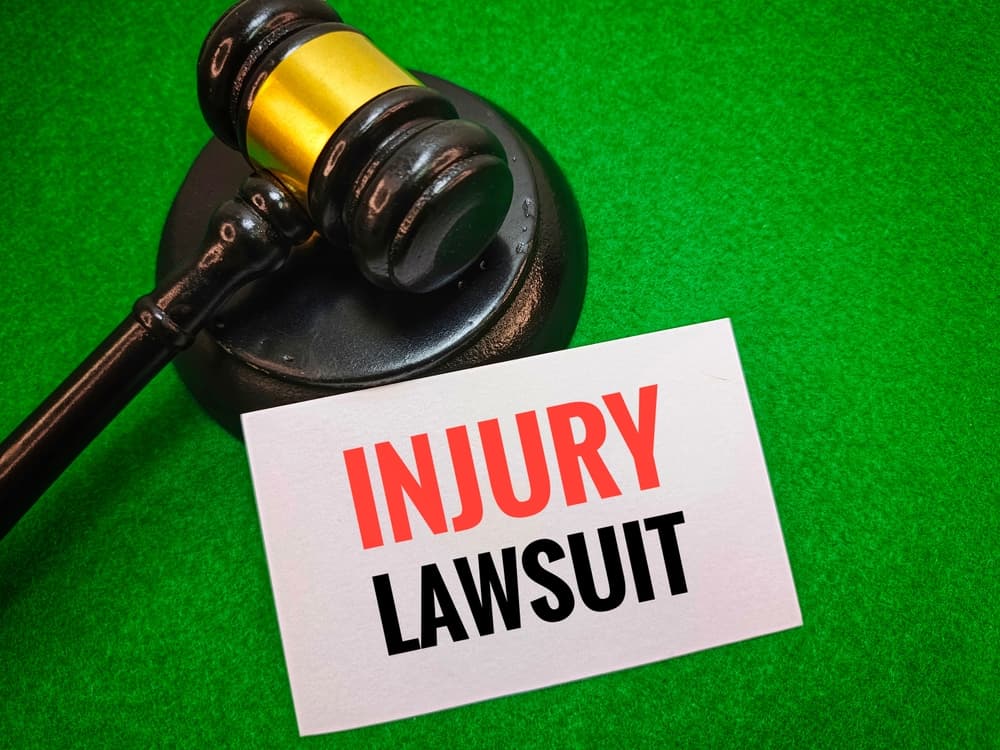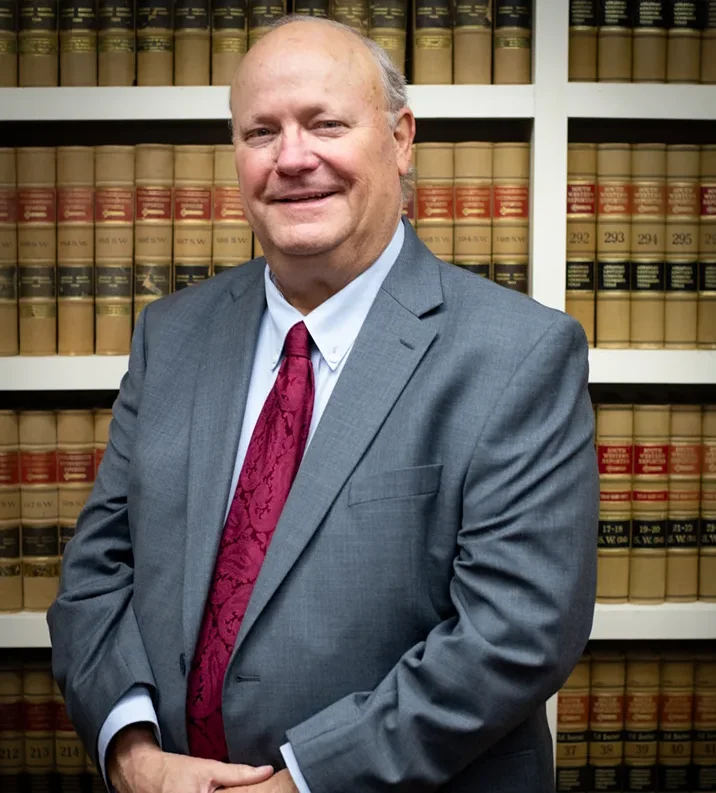Being run over by a vehicle is one of the most terrifying and devastating experiences a person can face. In an instant, life changes. Victims may suffer all kinds of permanent disabilities, though beyond the physical harm, there’s also the emotional toll. Anxiety, fear of crossing streets, nightmares, or post-traumatic stress disorder are all common following pedestrian accidents.
In these situations, consulting an experienced personal injury lawyer can make a critical difference, ensuring victims understand their rights and have the support needed to pursue justice.
On top of that, victims and their families often deal with financial stress from medical bills, missed work, and long-term care needs. In the middle of this chaos, one pressing question often arises. “Can I sue someone for running me over?” The short answer is yes: in many cases, pedestrians injured by vehicles can pursue legal claims against the responsible driver.
Sadly, the process isn’t always simple. Lawsuits require understanding liability, negligence, damages, deadlines, and the complicated role of insurance. Each of these factors can make or break a pedestrian accident case.
Key Takeaways
- Yes, you can sue someone for running you over. Pedestrian accident victims often have legal grounds to pursue claims for compensation against the at-fault driver.
- Driver negligence is central to liability. Common causes include speeding, distracted driving, DUI, and failure to yield at crosswalks.
- Negligence law requires proof of four elements. duty of care, breach, causation, and damages.
- Victims may claim multiple types of damages, including medical expenses, lost income, pain and suffering, and loss of enjoyment of life. In extreme cases, punitive damages may apply.
- Immediate steps matter. Filing a police report, seeking medical care, gathering evidence, and avoiding premature statements to insurers help protect victims’ rights.
- Statutes of limitations impose strict deadlines. Most states allow two to three years to file, though exceptions exist.
- Insurance coverage plays a major role. Liability, medical payments, and uninsured/underinsured motorist coverage all influence compensation.
- Hiring a pedestrian accident lawyer strengthens claims. Attorneys handle negotiations, evidence collection, and litigation, often on a contingency basis.
- Time is imperative. Acting quickly improves the chances of securing fair compensation.
Who Can Be Held Responsible in a Pedestrian Accident?
At the heart of every lawsuit is the concept of liability—legal responsibility for the harm caused. Drivers have what’s known as a duty of care. It means they are legally obligated to operate their vehicles responsibly, pay attention to the road, and avoid behaviors that put pedestrians in danger.
When a driver violates this duty and injures someone, they can be held liable. Common negligent behaviors that lead to pedestrian accidents include:
- Speeding. Driving too fast makes it harder to stop in time and increases the force of impact.
- Distracted driving. Texting, using a GPS, eating, or even talking to passengers can take a driver’s focus away from the road.
- Driving under the influence. Alcohol and drugs significantly impair judgment and reaction time.
- Failure to yield. Many collisions happen at crosswalks or intersections when drivers fail to yield to pedestrians.
- Reckless or aggressive driving. Tailgating, road rage, or weaving through traffic can put pedestrians at serious risk.
Sometimes responsibility extends beyond just the driver; for example:
- A commercial trucking company may share liability if it failed to train or monitor its drivers.
- A city or municipality can face claims if poor road design, broken traffic signals, or inadequate crosswalk markings contributed to the accident.
- A vehicle manufacturer might be liable if a mechanical defect—such as faulty brakes—caused the crash.
Identifying all potentially responsible parties is central to maximizing compensation, and hiring a pedestrian accident attorney is the best way to do this.
What Evidence Do You Need to Sue After a Pedestrian Accident?

Winning a pedestrian accident lawsuit requires proving four legal elements:
- Duty of care – The driver had an obligation to act safely.
- Breach of care – The driver violated that duty through negligence.
- Causation – The driver’s actions directly caused the pedestrian’s injuries.
- Damages – The pedestrian suffered actual harm (medical bills, lost income, pain).
To establish these elements, evidence is essential. Strong cases often include:
- Police reports documenting the incident.
- Witness statements that support the victim’s version of events.
- Photos and videos from the scene, including skid marks, damaged vehicles, and injuries.
- Medical records connecting the injuries directly to the accident.
- Expert testimony from accident reconstruction specialists.
The Role of Digital Evidence
Modern technology often plays a role in lawsuits. Some examples include:
- Cell phone records showed the driver was texting at the time of the crash.
- Vehicle “black box” data revealing speed, braking, and steering patterns.
- Traffic and security camera footage capturing the collision or right-of-way violations.
Because digital evidence can be deleted or overwritten quickly, victims and their attorneys should act fast to secure it. In tragic cases where the accident leads to loss of life, the same digital records can also be critical in establishing what is needed to prove wrongful death, since they help show negligence and causation.
How Much Compensation Can You Get for Being Run Over?
Compensation in pedestrian accident lawsuits is designed to make victims “whole” again, at least financially. While exact amounts vary depending on each individual case, damages typically fall into three categories: economic, non-economic, and punitive.
Understanding what are special damages in a personal injury lawsuit helps clarify how victims can recover measurable financial losses such as medical bills, lost wages, and rehabilitation costs.
Economic Damages
These cover financial losses with measurable costs, such as:
- Medical expenses. ER visits, surgeries, hospital stays, medications, physical therapy, rehabilitation, and future medical care.
- Lost earnings. Income lost during recovery, as well as reduced future earning capacity if the victim cannot return to the same type of work.
- Property damage. Compensation for items damaged in the accident, like phones, glasses, or laptops.
- Transportation. If you had to get taxis, trains, or buses to and from appointments, you may be due financial remuneration for these losses.
Non-Economic Damages
These damages compensate for intangible losses that profoundly affect the quality of life, such as:
- Pain and suffering. Chronic pain, discomfort, and physical limitations count toward this category.
- Emotional distress. Anxiety, depression, PTSD, and sleep disturbances are valid causes for settlement.
- Loss of enjoyment of life. Inability to participate in hobbies, sports, or daily activities once enjoyed can be considered in this realm.
Punitive Damages
In rare cases, courts may award punitive damages to punish especially reckless or malicious conduct—for example, if a driver intentionally speeds toward a pedestrian in anger.
Wrongful Death Damages
If the accident results in death, surviving family members may bring a wrongful death claim to cover:
- Funeral and burial expenses.
- Lost income the deceased would have provided.
- Loss of companionship, parental guidance, or spousal support.
The Worst Pedestrian Accident Injuries
Pedestrian accidents can cause some of the most catastrophic injuries imaginable, including:
- Traumatic Brain Injuries (TBIs). Victims may suffer memory loss, cognitive decline, or permanent disability requiring lifelong care. These cases are often complex, and many victims wonder how long a brain injury claim takes, since recovery and litigation timelines can both be lengthy.
- Spinal Cord Injuries. Damage can lead to paralysis, necessitating wheelchairs, home modifications, and 24/7 care.
- Multiple Fractures. Broken bones often require surgeries, metal implants, and months of physical therapy.
- Internal Injuries. Organ damage and internal bleeding can be fatal if not treated immediately.
- Amputations. Losing a limb permanently alters a victim’s lifestyle and requires prosthetics and long-term adjustment.
- Psychological Trauma. PTSD, depression, and chronic anxiety often linger long after physical wounds heal.
The severity of these injuries directly impacts the value of a lawsuit, since they often lead to lifelong medical expenses and emotional suffering.
Long-Term Treatment, Recovery, and Financial Burden
One of the most overlooked aspects of being run over is that the impact doesn’t end once the victim leaves the hospital. For many pedestrians, the real battle begins weeks or months later, when the reality of long-term treatment and recovery sets in. For instance, victims may face:
- Rehabilitation programs lasting months or even decades.
- Specialized surgeries to repair damage or correct complications.
- Assistive devices such as prosthetics, wheelchairs, or mobility scooters.
- Home modifications like ramps, widened doorways, or stair lifts.
- Ongoing prescriptions and doctor’s visits.
Health Insurance Barely Covers Long-Term Recovery
Even with good health insurance, out-of-pocket costs can become overwhelming. A single year of specialized rehab can cost tens of thousands of dollars, while lifetime care for catastrophic injuries can exceed millions. At the same time, many victims cannot return to their old jobs, meaning the household loses vital income just as expenses skyrocket.
Survival and Justice
Therefore, filing a lawsuit isn’t just about seeking justice — it’s about survival. Compensation from a legal claim can cover long-term medical costs, ensure families aren’t bankrupted by care expenses, and provide financial stability when working is no longer possible.
An experienced pedestrian accident lawyer comes into their own here. Attorneys don’t just calculate today’s bills; they work with medical and financial experts to project the true cost of lifetime care.
Steps to Take Immediately After Being Run Over
What you do in the hours and days following a pedestrian accident can make a huge difference in both your recovery and your legal case. Of course, injuries could prevent them from doing so, but if possible, victims should do the following:
- Seek medical care immediately. Some injuries aren’t obvious right away. Internal bleeding or concussions can worsen if untreated.
- Call the police. An official report provides a foundation for any future claim.
- Collect evidence. If physically able, take photos of the scene, gather witness contact information, and preserve damaged clothing or belongings.
- Avoid admitting fault. Even casual remarks like “I wasn’t paying attention” can later be used against you.
- Contact a lawyer. Early legal guidance helps victims avoid mistakes and ensures deadlines are met while also preparing you for the broader steps in a personal injury lawsuit, from filing to negotiating with insurers and, if necessary, going to trial.
How Long Do You Have to Sue?

Each state sets a statute of limitations for personal injury claims, typically ranging from two to three years after the accident. Missing this deadline usually means losing the right to sue. In fatal cases, families must also be aware of the statute of limitations for wrongful death, which can differ from personal injury timelines and requires careful attention to avoid losing the right to file.
Some exceptions extend the timeline, such as:
- Minors. The clock may not start until the victim turns 18.
- Delayed discovery. If injuries aren’t immediately apparent, the timeline begins when they are discovered.
- Defendant unavailable. If the driver flees the state or hides their identity, the statute may pause.
- Military service or incapacity. Certain legal disabilities may also delay the filing deadline.
Because deadlines are strict, victims should consult an attorney as soon as possible.
How Does Insurance Affect a Pedestrian Accident Claim?
Insurance often plays a central role in determining how much compensation victims actually receive. Many people quickly discover that they must fight the insurance company after an accident to secure a fair payout, since adjusters often try to minimize claims.
Key types of coverage include:
- Liability insurance. Pays for damages caused by the at-fault driver.
- Medical payments coverage (MedPay). This coverage concerns immediate medical bills, regardless of fault.
- Uninsured/underinsured motorist coverage. Protects victims if the at-fault driver has no insurance or inadequate coverage.
Challenges with Insurance Companies
Insurance companies are businesses, and their goal is to minimize payouts. Common tactics include:
- Blaming the victim for partial or complete fault.
- Downplaying the severity of injuries.
- Delaying claims to pressure victims into low settlements.
Of course, working alongside a pedestrian accident lawyer levels the playing field, ensuring that victims don’t accept less than they deserve.
Why Hiring a Personal Injury Lawyer Makes a Difference
Pedestrian accident lawsuits are legally complex, emotionally taxing, and full of procedural pitfalls. A skilled pedestrian accident attorney provides major advantages, including:
- Gathering and preserving evidence.
- Working with experts to reconstruct the accident.
- Negotiating with insurers to counter lowball offers.
- Filing lawsuits and representing victims in court.
Most injury lawyers work on a contingency fee basis, meaning clients pay nothing up front and only owe fees if compensation is secured. This arrangement makes legal help accessible to accident victims regardless of their financial situation.
Call an Attorney Now and Reclaim Your Future

Being run over is a life-changing event that leaves victims and families grappling with physical injuries, emotional trauma, and financial uncertainty. The law provides pathways for justice and compensation, but navigating them alone can feel overwhelming.
Success depends on proving liability, documenting damages, acting within legal deadlines, and standing strong against insurance company tactics.
With the right evidence and legal guidance, victims can secure not only financial recovery but also a sense of justice and closure after a devastating accident. Therefore, if you have suffered injuries from being run over by a negligent driver, call a lawyer today and schedule a free appointment. It may just save your future.
Frequently Asked Questions
Can I still sue if the driver who hit me fled the scene?
Yes. If the driver cannot be located, victims may turn to their own uninsured motorist coverage. Police investigations may also identify the driver later.
What if I were jaywalking when I was hit?
Compensation may still be available, but recovery could be reduced depending on state laws.
How long does a pedestrian accident lawsuit usually take?
Timelines vary. Some cases settle within months through insurance negotiations, while others take years if litigation is required.
Can non-family members sue if the pedestrian dies?
No. Non-family members cannot file a wrongful death lawsuit to recover damages such as funeral costs and loss of financial support. Some non-immediate dependents may have grounds to recover damages if the deceased supported them financially.
What if the driver was working at the time of the accident?
If the driver was acting within the scope of employment, the employer may also be held liable under vicarious liability laws.